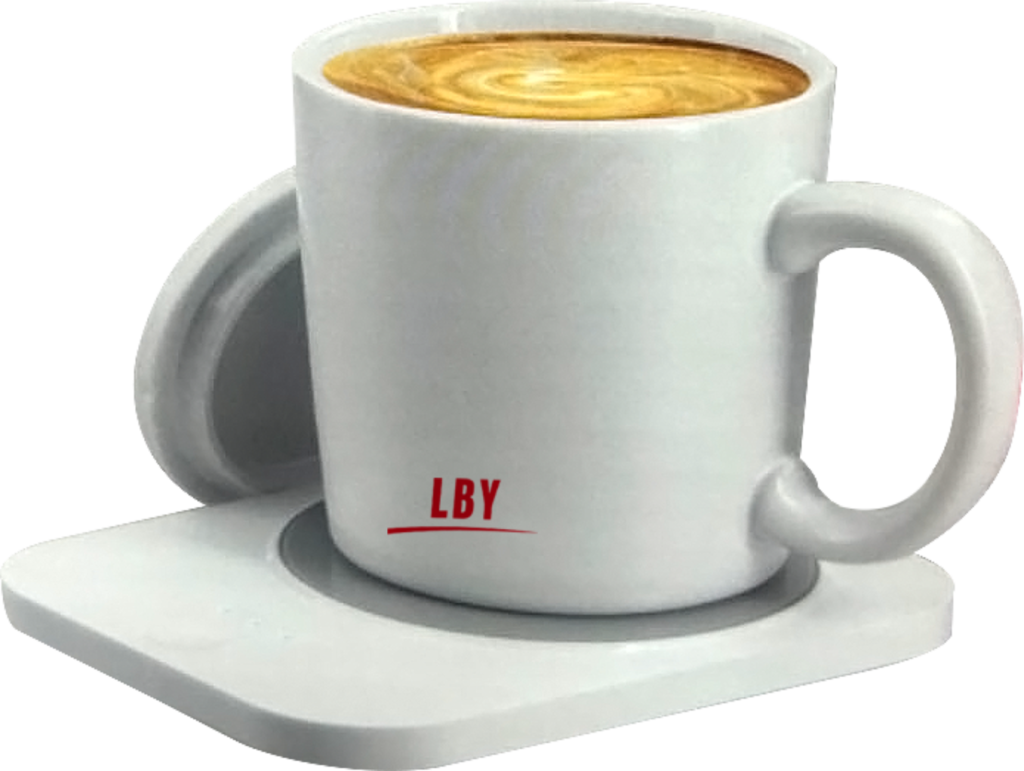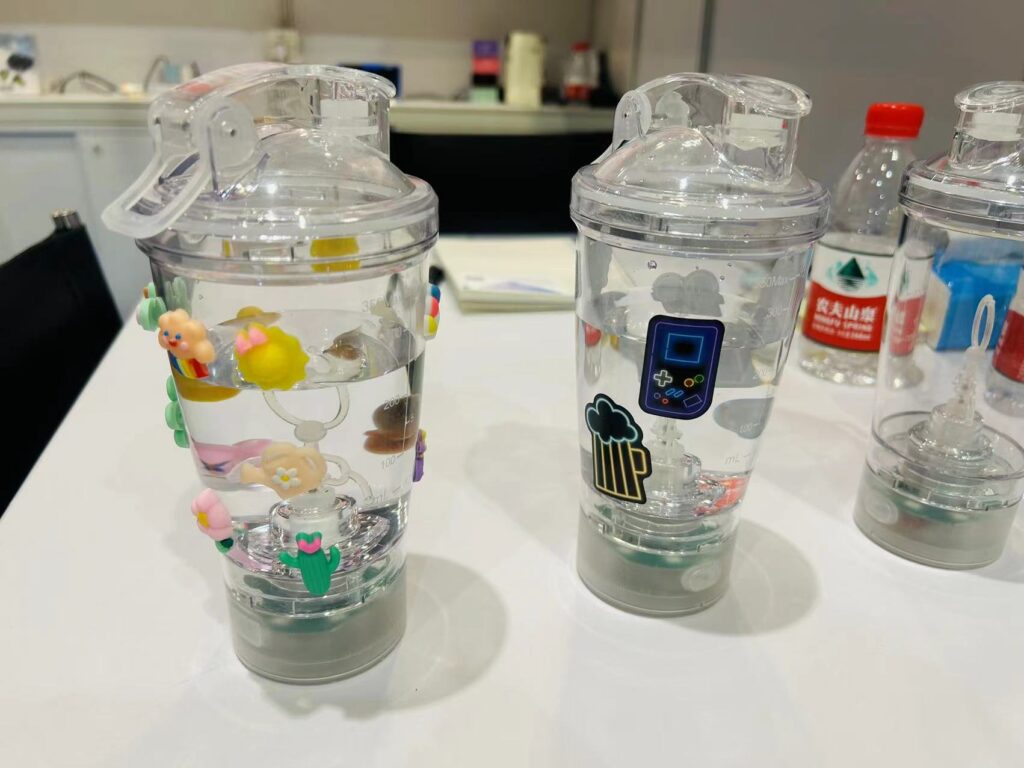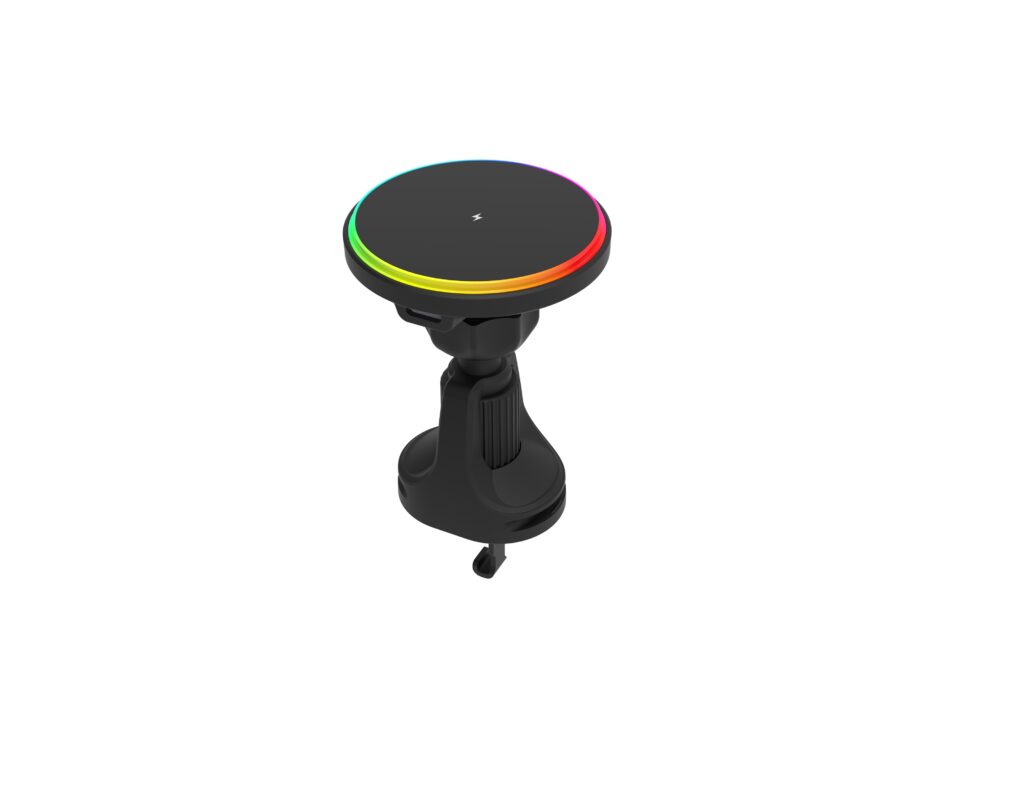As mid-summer approaches, our factory workshop is busy meeting production targets. A recent order is for high-quality, cloth-covered Bluetooth speakers (5-20 watts) featuring an embossed silicone logo. Heat-Printing this silicone logo seems simple but requires strict control of equipment parameters, operating techniques, and environmental conditions. Excessive heat can deform the logo or damage the cloth; insufficient heat prevents a firm bond, affecting aesthetics and durability. Similarly, incorrect pressure yields poor results. Our experienced technicians, rigorously trained and skilled through years of practice, expertly adjust parameters for different materials and patterns, ensuring optimal print quality. This reflects our rational production arrangement: we assign experienced, reliable staff to tasks demanding judgment, ensuring quality from the start.



The speaker production line follows a precise, optimized process: parts preparation, shell processing, circuit board soldering, unit installation, structural assembly, and final debugging and packaging. This is the “optimal path,” achieved through calculation and long-term refinement. We use “U-shaped” or “modular” layouts to minimize material flow, speed up communication, and enhance teamwork. Each station has a clear Standard Operating Procedure (SOP) with diagrams and marked Quality Control Points (QC Points). Brief daily meetings cover tasks, key points, and potential issues, enabling proactive management that’s more efficient than reactive fixes.
Employee operations embody “standard.” Solder joints are full and bright with no defects; screw tightening is precise for stability without damaging components; wiring is neat and safe. These details are vital for reliability. Speakers must sound good and withstand daily use. A single faulty solder joint can cause intermittent operation, and messy wiring can lead to short circuits. We require employees to work thoughtfully, understanding the principles behind each action.
Throughout production, our In-line Quality Control (ILQC) system is crucial. Quality inspectors are stationed at key points, checking semifinished products, not waiting for final assembly. After printing, they check logo clarity and positioning against samples. During soldering, they inspect joints with magnifiers and perform continuity tests. After assembly, they simulate use to test button feel, interface tightness, and shell gaps.
If issues arise, inspectors immediately communicate with operators, ensure corrections, and report common or equipment-related problems to supervisors for process adjustments or maintenance. This “immediate feedback, immediate adjustment” mechanism acts like a sensitive sensor, detecting and resolving issues early, preventing problems from accumulating until final inspection, which could cause greater losses. These quality “sentinels” are key to our consistent output of high-quality products.
However, recent market challenges, particularly the post-pandemic economic downturn, have tested all manufacturers. For a factory once focused solely on Bluetooth speakers, these challenges are significant.



“Our current market situation is really something that makes you laugh and cry,” our management might say, full of grievances. Previously, we prided ourselves on deep speaker knowledge, sound tuning expertise, and precise control from design to mass production. Customers sought “good sound,” wanting us to realize their creative ideas. While we considered costs, our focus was on technical execution and sound quality. Molding, sampling, testing, optimization – each step involved significant professional effort. But now? “Boss, we got an order for a wireless charger using our speaker shell, what do you think?” “Can we make this power bank shell thinner and cheaper?” “Can we modify existing molds slightly for these headphones and produce them quickly?” Such questions are common in meetings. Our proud speaker production line now embraces diverse “electronic, sound, light, wireless” orders, as long as they’re profitable and feasible. Bluetooth speakers are still made, but no longer dominate. Power banks, wireless chargers, headphones, even simple sound-function toys now regularly appear on our line.
This is like a classical pianist suddenly playing pop, rock, and drumming. The “cross-border” pain is understood only by those who experience it. We joke we’re now “electronic general store” suppliers, ready for anything electronic. This sounds self-mocking but reflects deep helplessness. The market waits for no one; orders are essential. In an economic downturn with weak demand, securing orders, keeping the factory running, and ensuring employees have work is the priority.




Our R&D strategy has shifted significantly. We now invest less in independent development of new speaker designs and sound technologies. “Boss, let’s develop a new waterproof speaker; it has great potential!” “Good idea, but upfront costs for molding, sampling, and testing are hundreds of thousands. We can’t risk it if the market doesn’t accept it.” This is typical. Our R&D now focuses on quickly turning customer requirements into reality. Customers provide drawings; we make them mass-producing. Investment in independent design and appearance is nearly zero. We act like chefs cooking from “diners'” (customers’) recipes rather than creating new dishes. This isn’t a loss of innovation but a pragmatic survival strategy.
This “processing with provided materials” model secures orders, but brings challenges. Different products have different tech requirements, quality standards, and cycles. One day we produce a high-end speaker; the next, a cost-focused wireless charger. Frequent product switching makes planning complex. “Yesterday I adjusted speaker low frequencies; today I’m studying a power bank’s battery circuit,” a supervisor said with a smile. “It’s like Sun Wukong somersaulting between worlds, ensuring every somersault is perfect.” Controlling progress, precision, and quality for each product is complex. One speaker might need internal structure tolerances under a few millimeters, while a power bank focuses on shell forming and button feel. Adapting employees, equipment, and materials for this constant “Transformer”-like switching while meeting quality standards is a major test of management and adaptability.






However, we’ve withstood the market test. We don’t have “superpowers,” but years of industry experience, nurtured talent, and established systems are our “amulets” for complex, volatile times. We know quality and deadlines require an experienced management team, a skilled workforce, and a flexible yet rigorous system.
Our production planning team acts like skilled “traffic controllers,” planning schedules and predicting costs from product switches using software to minimize downtime. For different processes, they provide advance training. Our maintenance team are “versatile hands,” maintaining traditional equipment and quickly learning new operations. Stable equipment is fundamental. Our veteran employees, especially master craftsmen, are invaluable, quickly grasping new products and solving issues with intuitive experience. They provide stability during rapid changes.
Crucially, our ILQC system adapts. Inspectors must be sensitive and flexible, quickly switching inspection focus based on product standards – listening for sound quality in speakers, feeling shell smoothness in chargers, inspecting wire arrangement in headphones. They continuously learn. We also refine standards and processes to ensure every product gets appropriate quality attention.
Our confidence in promising quality and deadlines amid complexity comes from these strengths and tangible “core” capabilities. We have our own 3D modeling department, vital for “cross-border” work, quickly turning concepts into precise models for efficient customer communication and design verification. Our rendering and 3D prototyping are excellent, allowing customers to see and test products early, shortening development cycles. Our mold team is highly experienced, accurately transforming designs into producible molds. Our ability to simplify structures, ease production, and control costs is key – engineers refine designs for simplicity, lower costs, and better reliability, a valuable asset honed over years.



Our factory remains busy, with machines roaring and employees focused. This “busyness” is now more complex. We navigate market storms (order switches) while ensuring ship stability (quality and delivery). The video shows only a fragment, not fully capturing the challenges, wisdom, or our persistence in quality and belief. But we are sure that regardless of market changes or product diversity, our commitment to quality and customer promises remains unchanged. We’ve navigated the “cross-border” shift from a speaker factory to an “electronic general store,” understanding the humor, helplessness, and balance required. We may no longer be just a “sound” maker, but remain a committed “electronic partner.”
If you seek a partner who understands needs, responds quickly, guarantees quality, and calculates costs meticulously, visit our factory. Experience our production line’s order and vitality, see drawings become products, and meet our capable team.
Busyness is temporary; the market will improve. But our persistence remains. We look forward to meeting you, in sound and electronics, to create more possibilities together.


